Nestled in the mountains of central El Salvador, Suchitoto may look like a peaceful colonial town, but beneath its cobblestone streets lies a history steeped in the brutality of war. Once a quiet farming village, it became one of the epicenters of El Salvador’s civil war, a conflict that shaped not just the town but the entire country.
The Salvadoran Civil War, which raged from 1979 to 1992, saw the Farabundo Martí National Liberation Front, a coalition of left-wing guerilla groups, rise up against the U.S.-backed military government. Over 12 years of violence, the war claimed the lives of approximately 75,000 people, with thousands more disappearing into the fog of conflict. Suchitoto found itself caught in the middle of this bloody battle for control.
Table of Contents
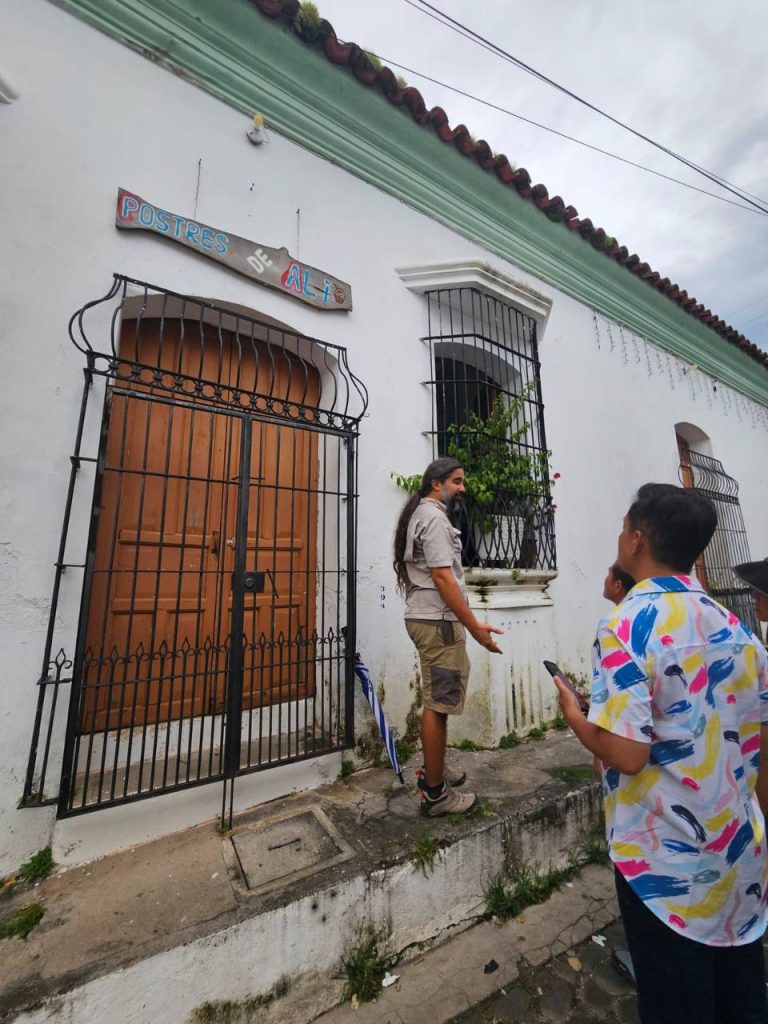
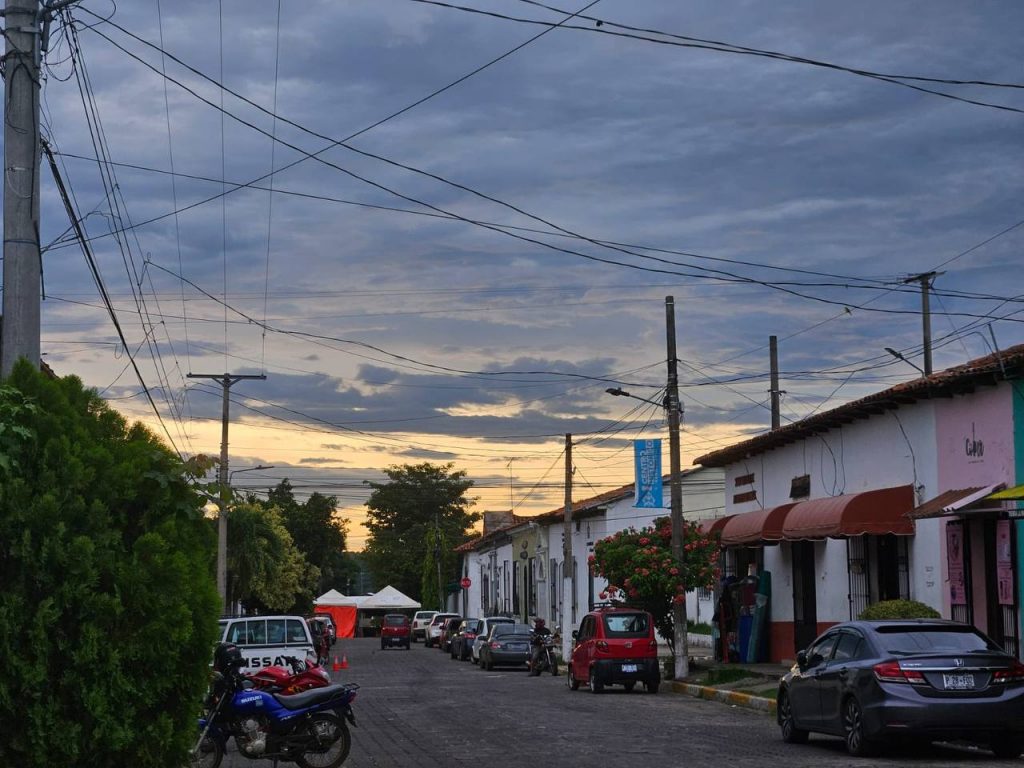
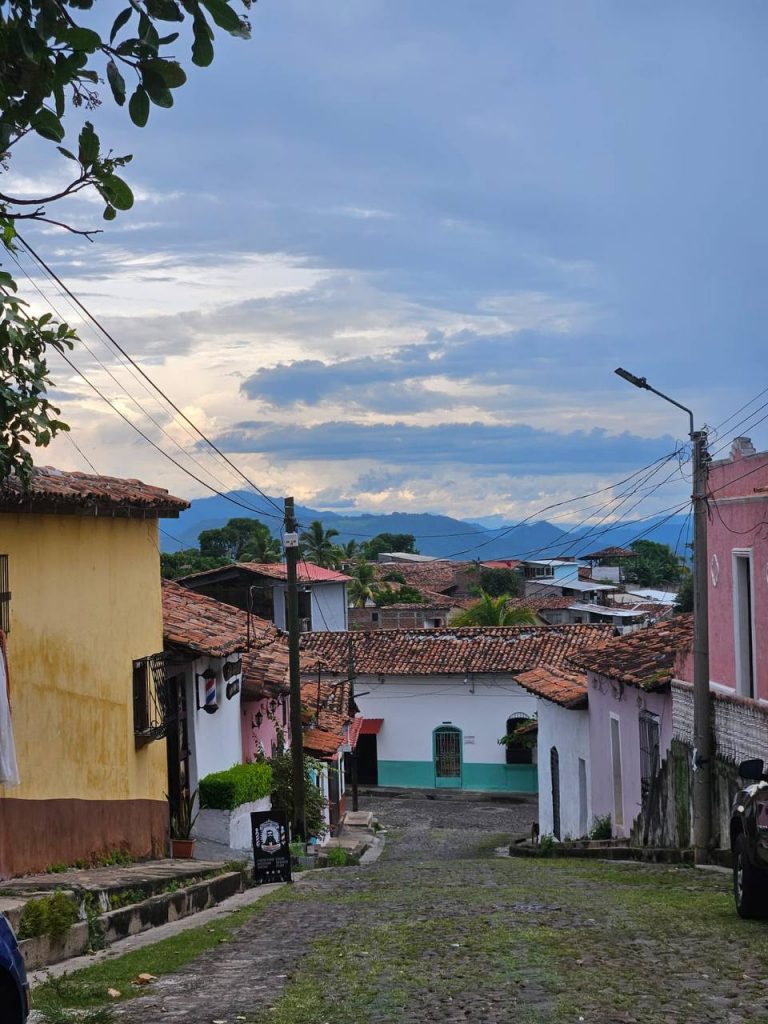
The Legacy of War in Suchitoto
As you wander through Suchitoto, reminders of the war are everywhere, though some may not be immediately obvious. The town’s colonial charm, with its whitewashed buildings and vibrant murals, seems to mask the scars of conflict. But delve deeper, and you’ll begin to notice the subtle signs. Many of the older residents, who lived through the violence, speak of the nightly bombings, gunfire, and the constant fear of government or rebel raids.
Several sites in and around the town offer stark reminders of the war. The Cinquera Forest, not far from Suchitoto, was a former FMLN stronghold. Guerrillas hid in the dense jungle, waging a war of attrition against government forces. Today, a walk through the forest reveals old trenches, bomb craters, and even a war museum showcasing weaponry, uniforms, and haunting photographs from the era.
Another poignant site is the Monumento a la Paz y la Reconciliación (Monument of Peace and Reconciliation), which commemorates the signing of the 1992 Chapultepec Peace Accords, ending the civil war. The monument, while a symbol of peace, also stands as a somber reminder of the many lives lost in a war that tore the country apart.
The Combatants
The Salvadoran Civil War wasn’t a clear-cut conflict. It pitted government forces, backed heavily by the United States with weapons, training, and funding, against the FMLN, a diverse group of leftist guerrillas. The FMLN, initially a coalition of Marxist-Leninist factions, gained significant traction as the military government cracked down violently on protests and dissent. The infamous El Mozote Massacre of 1981, where over 800 civilians were slaughtered by government forces, remains one of the darkest chapters of the war, highlighting the brutality of the conflict.
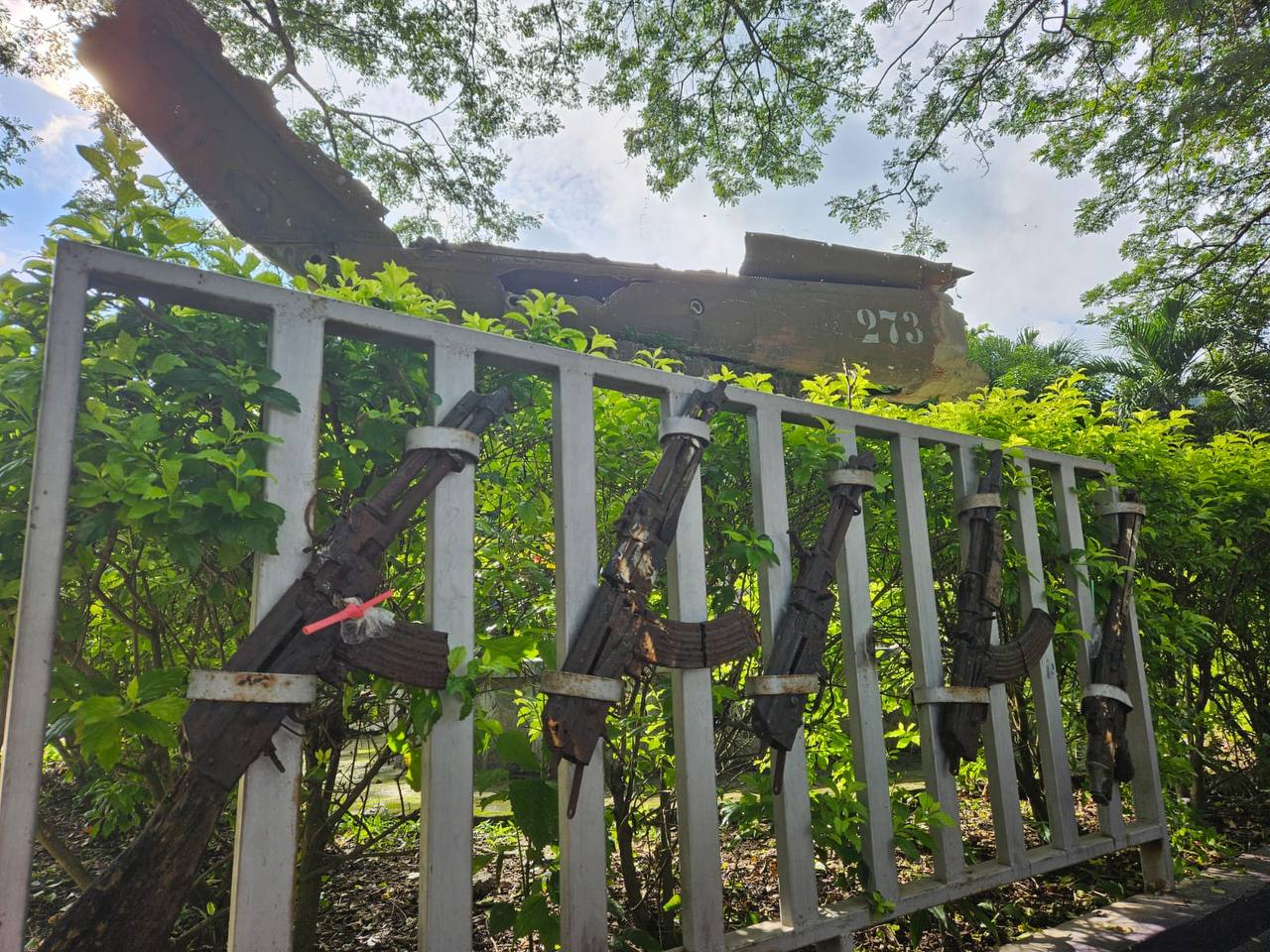
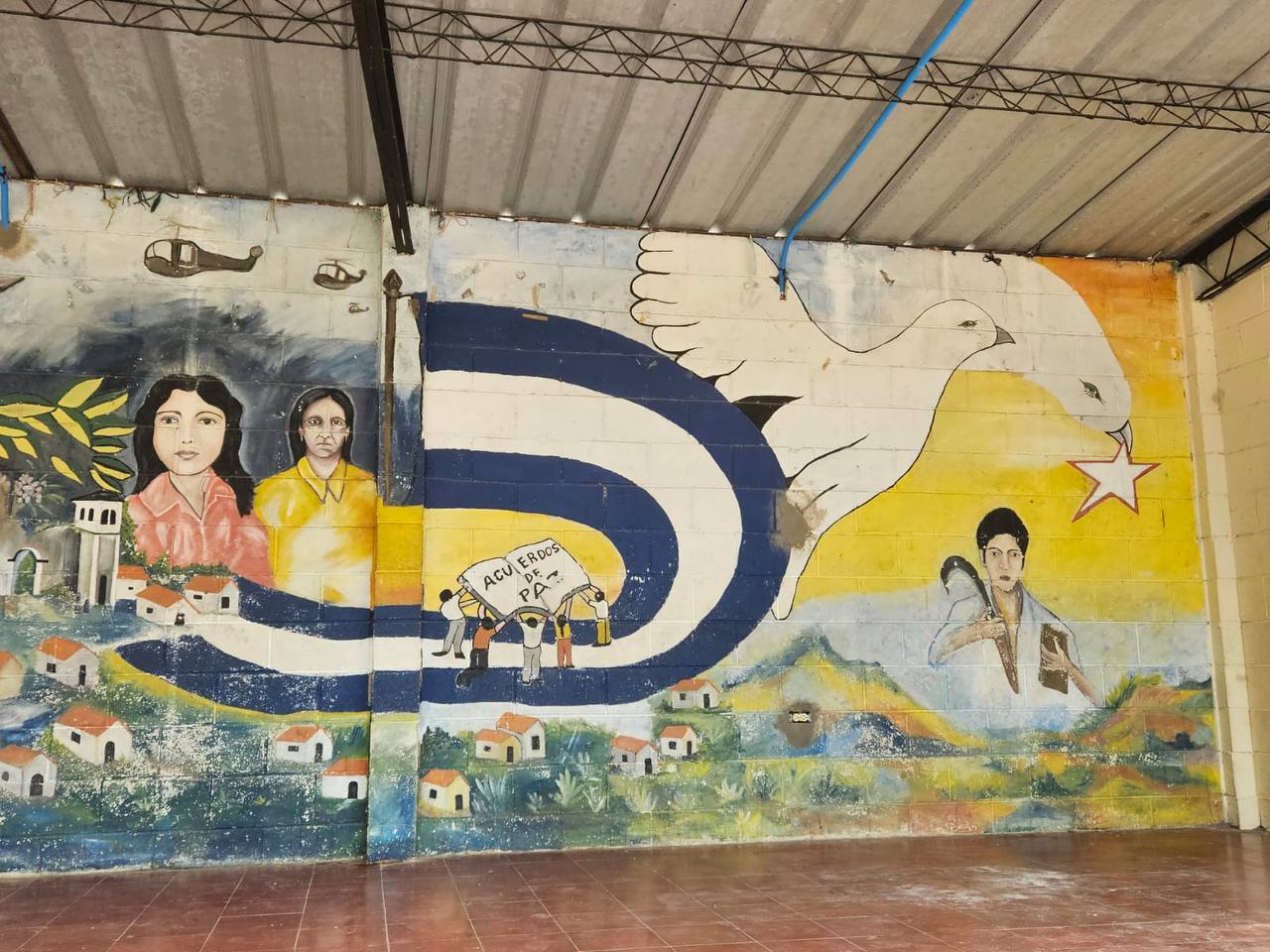
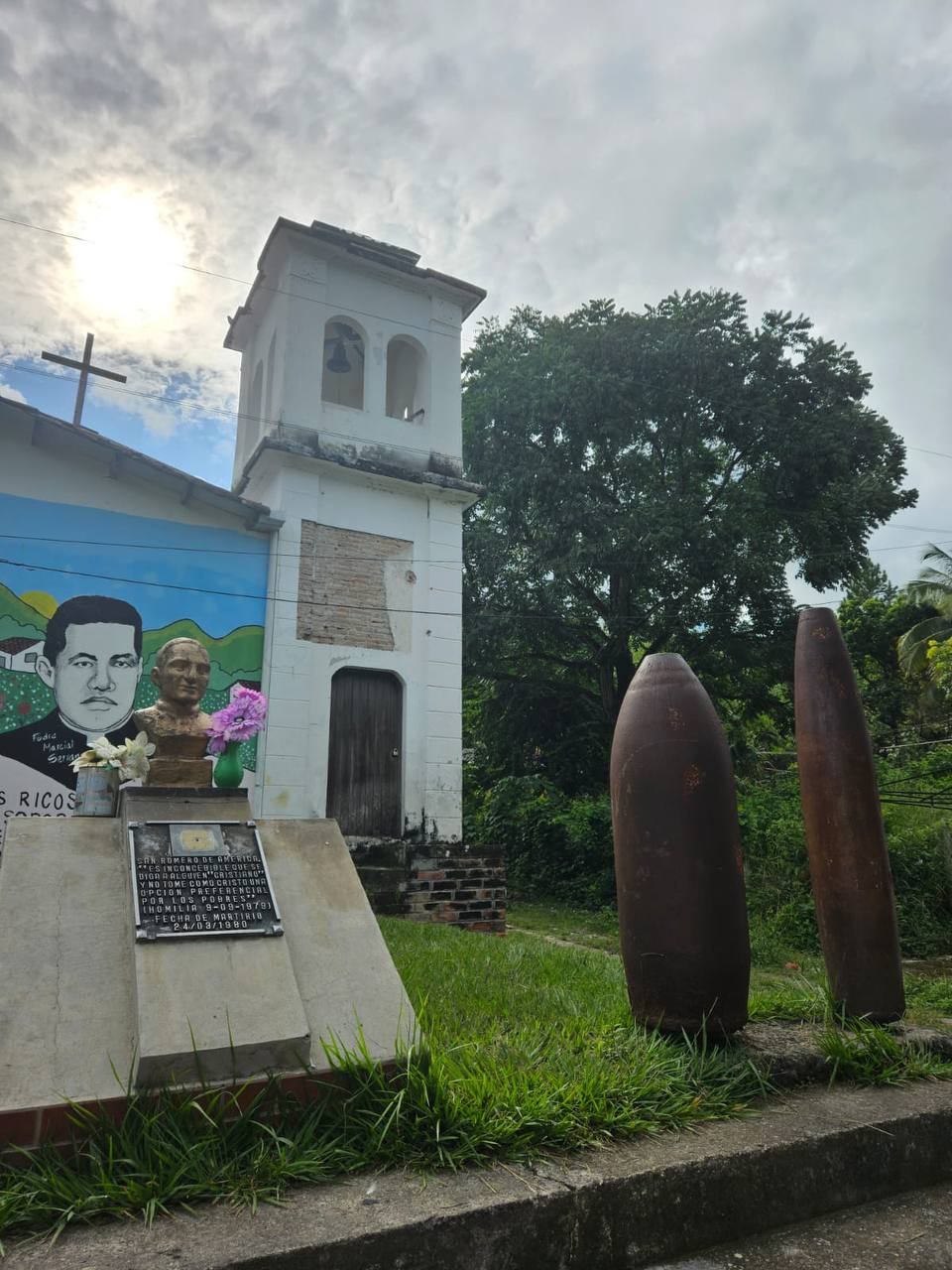
Suchitoto was a hotbed of guerrilla activity, with the surrounding hills providing cover for rebel fighters. The town’s location made it strategically significant for both sides, leading to intense battles and air raids that decimated the region. For years, civilians lived in fear, often caught between the two warring sides, unsure of which would bring more danger.
During the conflict, thousands of men, women, and even children took up arms. While the FMLN’s guerrilla tactics involved hit-and-run skirmishes, government forces often relied on brutal counter-insurgency measures. The war was characterized by its lack of clear battlefronts, with much of the fighting taking place in rural areas, including towns like Suchitoto.
Suchitoto Today: A Town Rebuilt
In the years following the war, Suchitoto has rebuilt itself as a tourist destination. The town is known for its well-preserved colonial architecture, art galleries, and vibrant cultural scene. But for those interested in history, the remnants of the civil war provide a sobering counterpoint to the beauty of the place.
Locals have found ways to honor the memory of those who died, with murals and monuments scattered around town telling the stories of the war’s impact. One mural, titled Memoria Viva (Living Memory), depicts scenes of life during the war, from families hiding in the mountains to women serving as medics in makeshift field hospitals. It’s a vivid reminder of how the war touched every corner of the country.
While the town has moved forward, the past remains a palpable presence. For travelers, exploring Suchitoto offers not only a glimpse into the country’s rich cultural heritage but also a deeper understanding of the dark chapters that shaped modern El Salvador.
Conclusion
Suchitoto is a town that tells two stories. On one side, it is a charming, tranquil place, perfect for those looking to experience the best of Salvadoran culture. But beneath the surface, it is a town that still bears the scars of a brutal war that claimed tens of thousands of lives. As you walk its streets and visit its historical sites, you can’t help but feel the weight of that history—a history that continues to resonate with both locals and visitors alike.
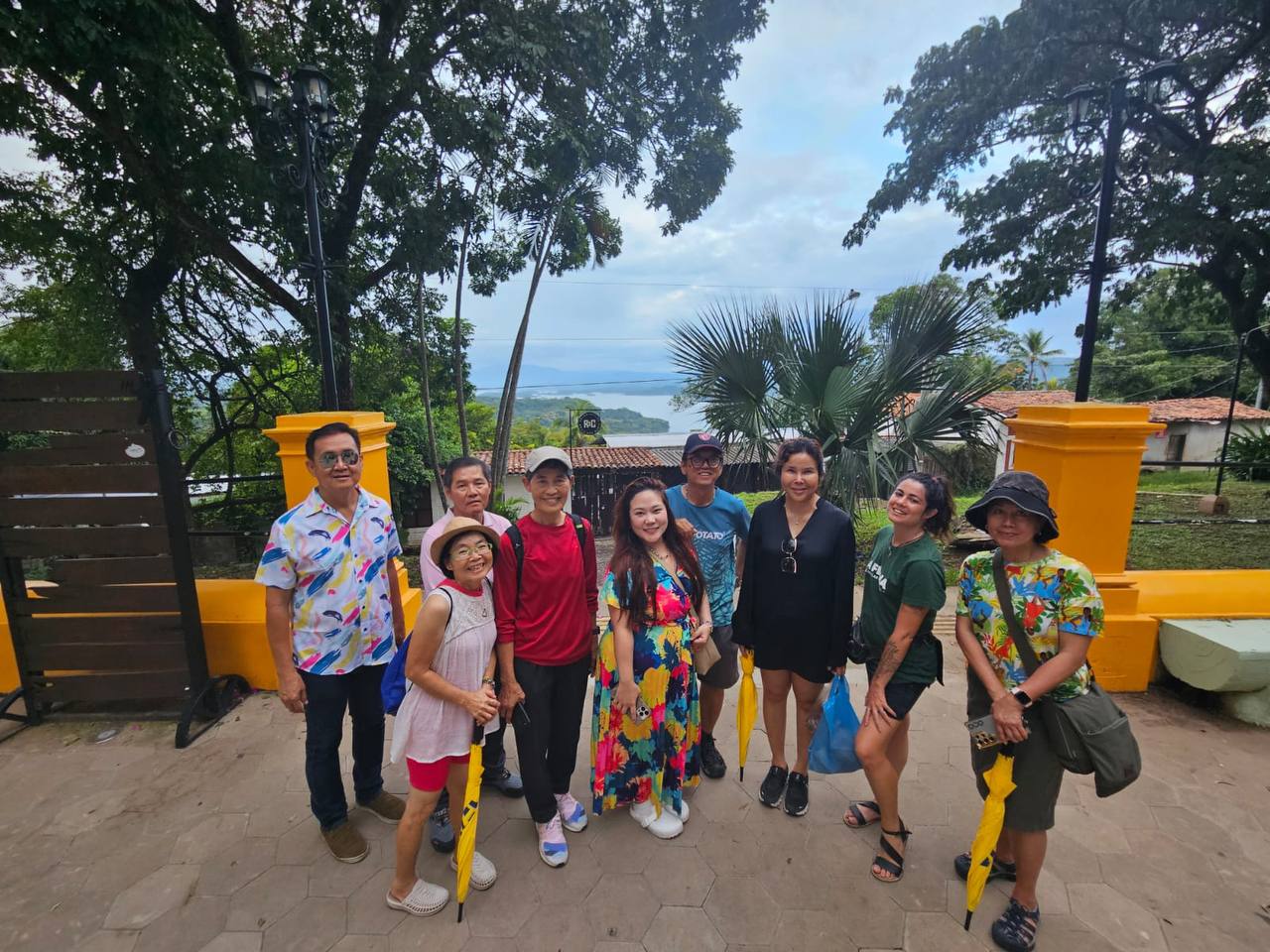
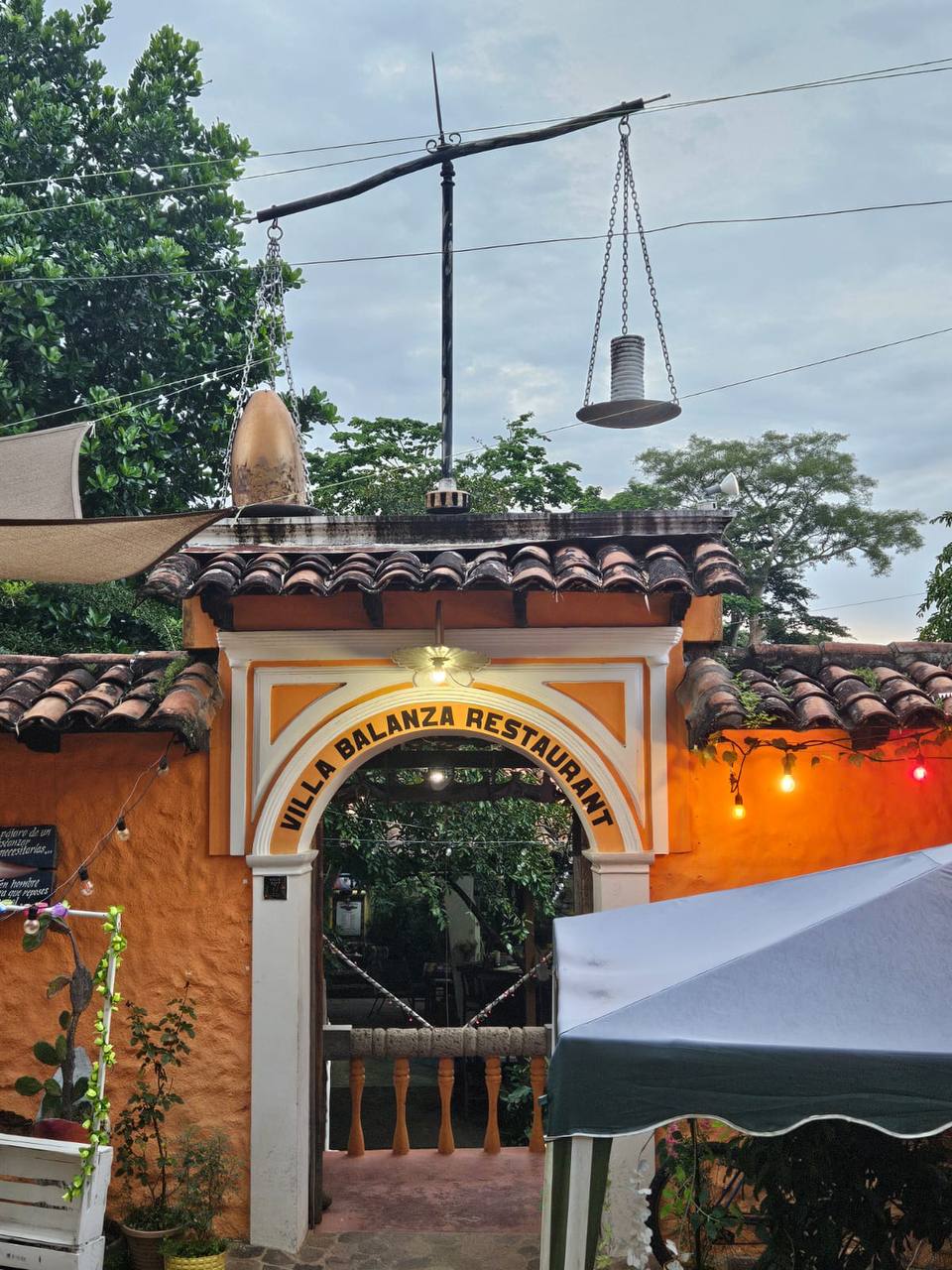
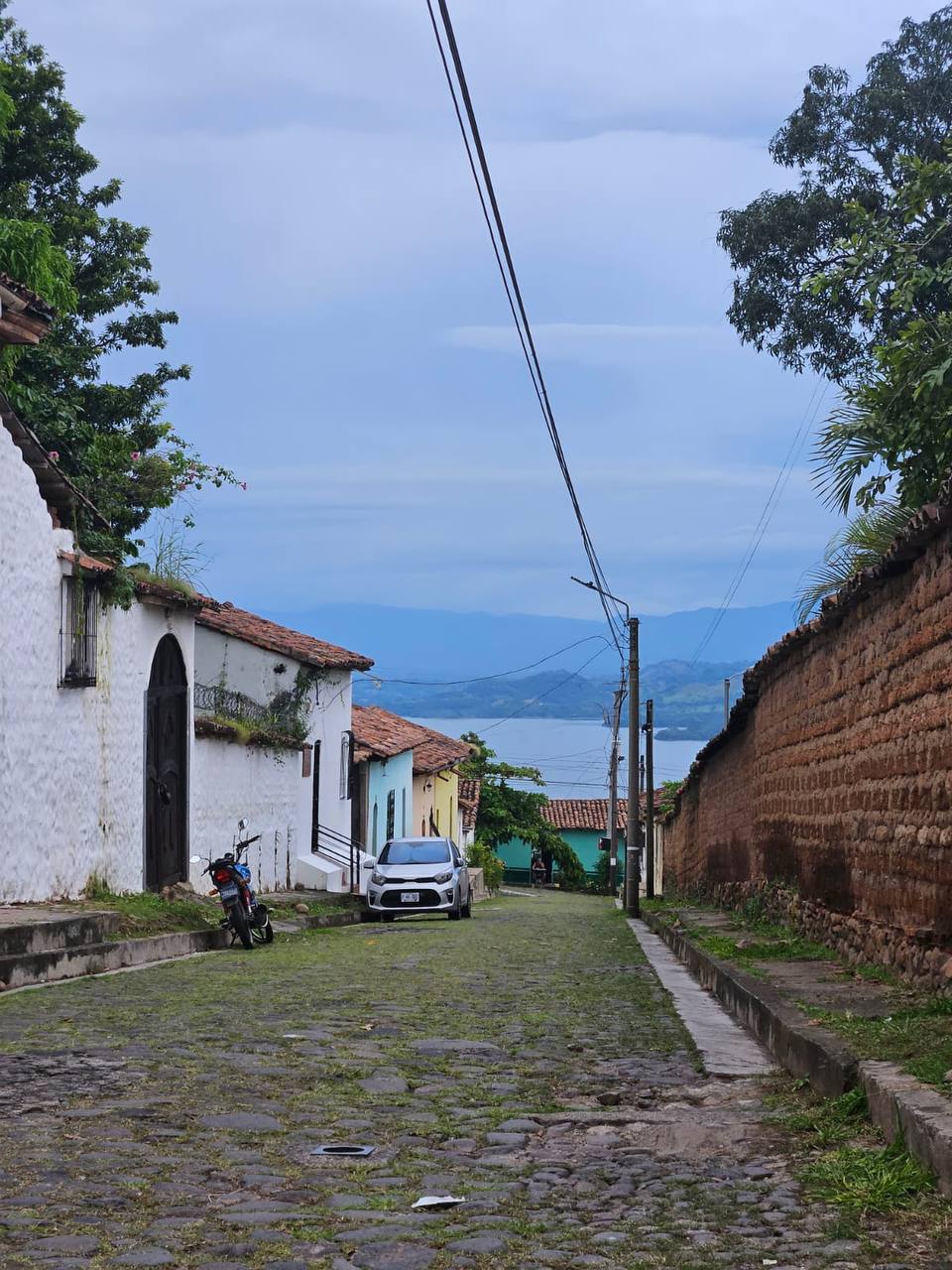
Exploring Suchitoto isn’t just about seeing another pretty colonial town; it’s about confronting the remnants of a conflict that shaped an entire nation. For history buffs and those with an interest in conflict tourism, or Dark Tourism this town offers a unique and moving experience. It serves as a reminder that while wars may end, their echoes remain, woven into the very fabric of places like Suchitoto.
You can check out our Americas Tours here.





